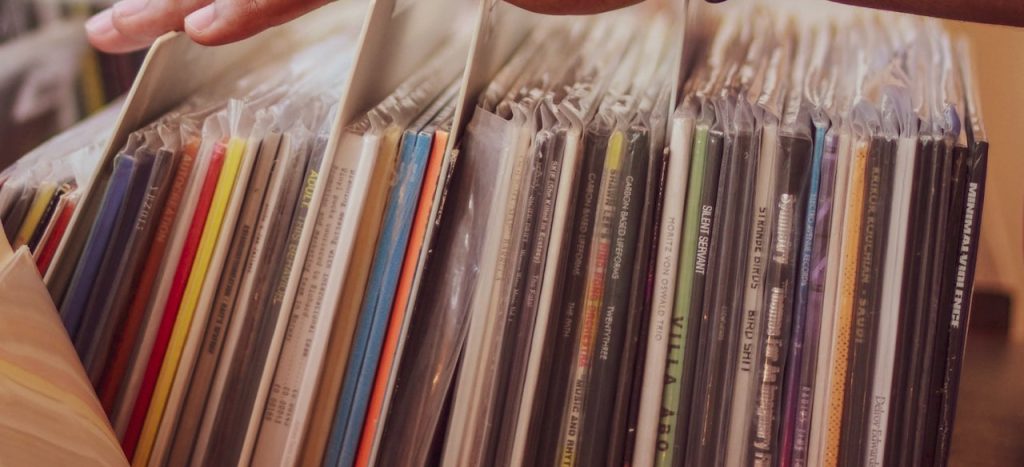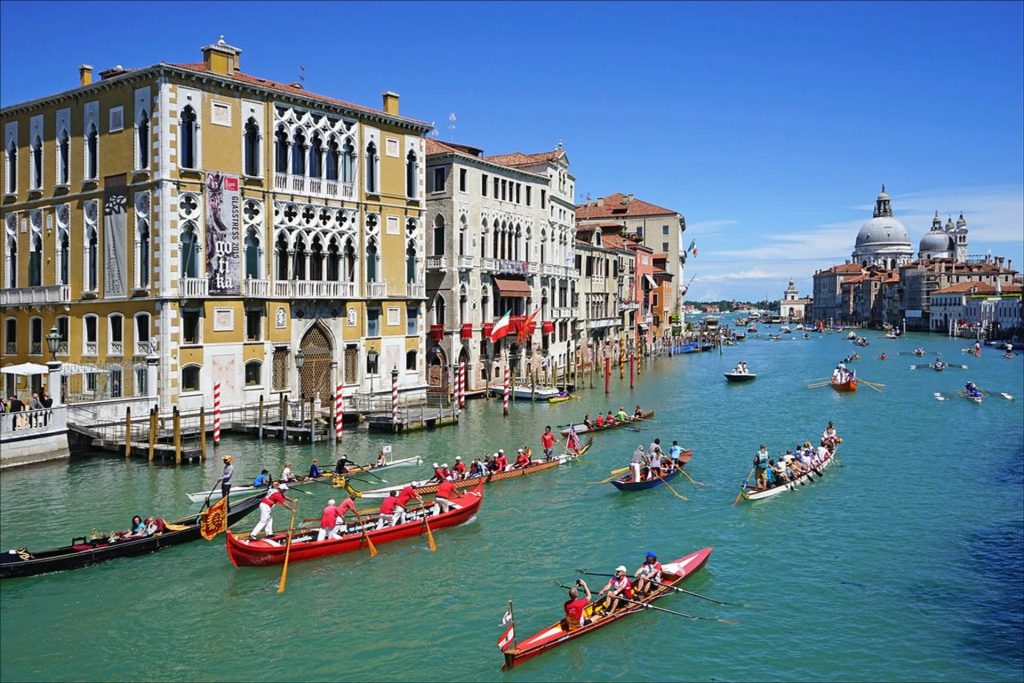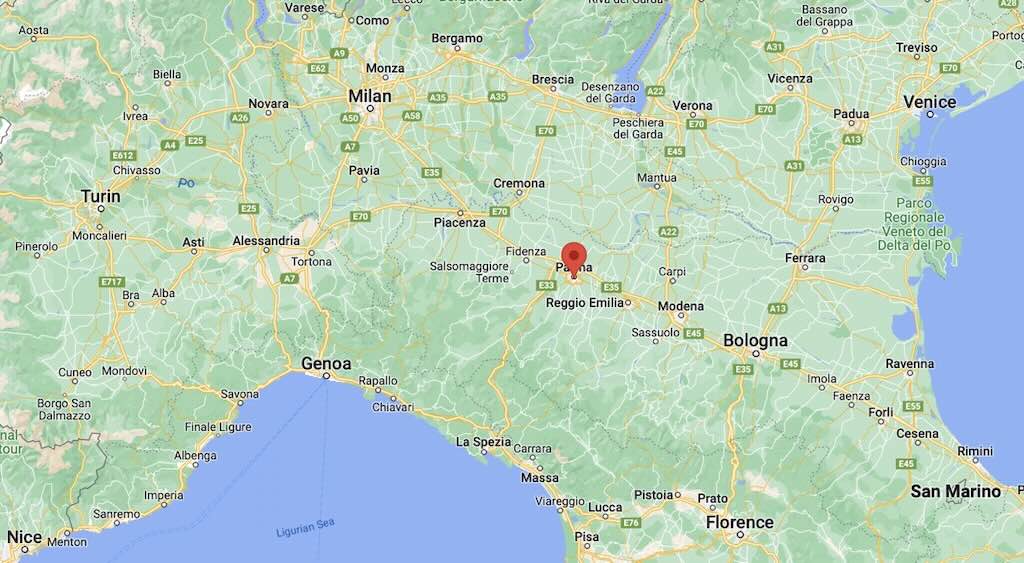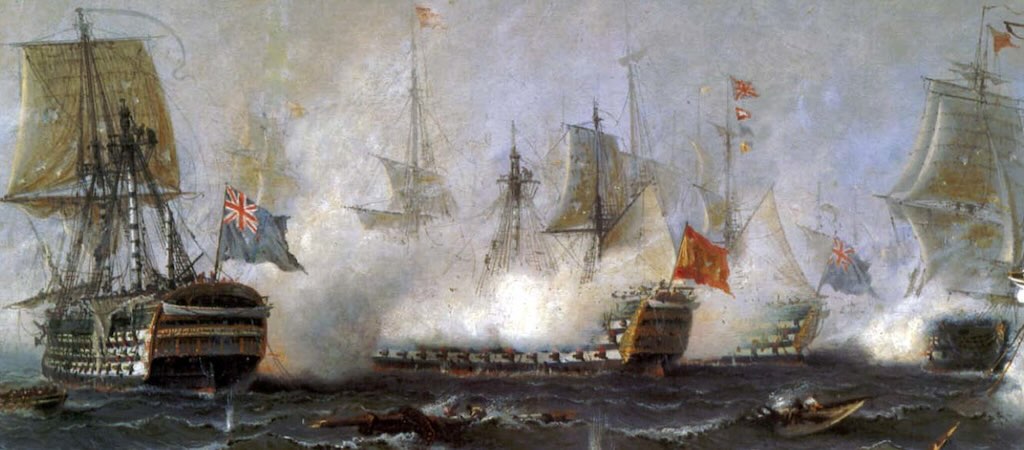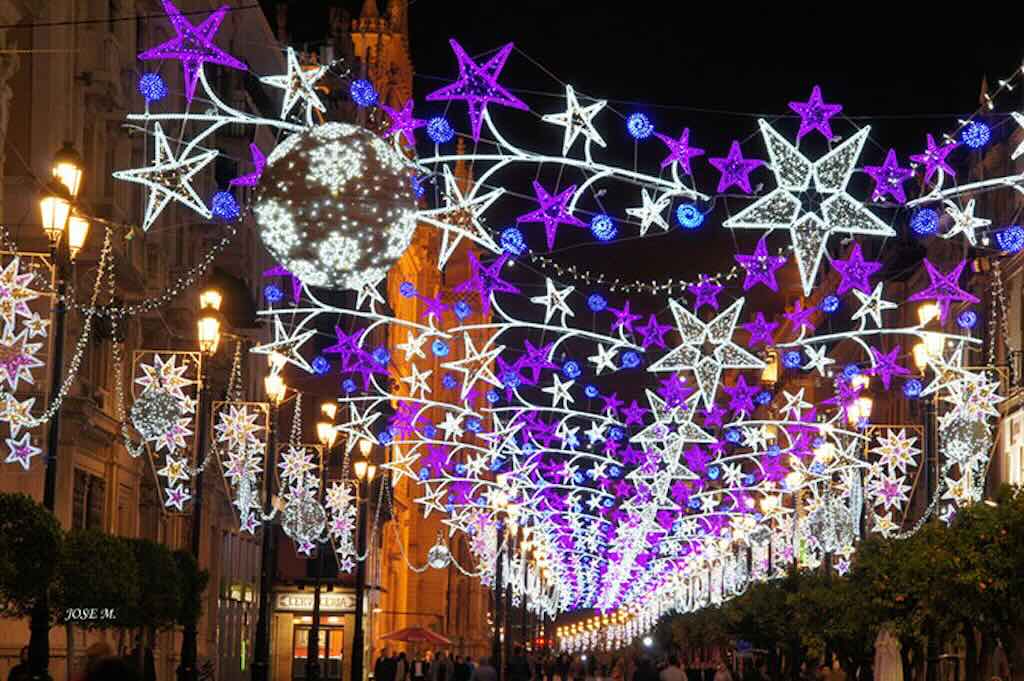This is the second of two posts inspired by my old vinyl collection (vinyl just means polyvinyl chloride).
My small collection of 70-odd albums (some double albums) all date from the 60s and 70s. In 1982 I started to buy audio CDs, and my vinyl collection was relegated to a shelf in the garage.
My first post looked at the creation of my vinyl collection through to about 1970, and this second post looks at the slow demise of my vinyl collection in the period 1971-1982.
College years (1970-74)
I was based in London during the winter and spring of 1971 and 1972, and all year for 1973 and 1974.
During the winter and spring of 1971 and 1972 I was in the same digs in Blackheath Village (from what I can remember my digs are now a block of flats). We were five students in digs run by a family providing rooms, half-board (full-board over the weekends), etc. I found myself ‘camping’ in the attic with two amateur acoustic guitar players (one a beginner and the other quite accomplished). So my ‘heavy rock’, which Wikipedia defines as a “subgenre of rock music typified by aggressive vocals and distorted electric guitars“, didn’t quite match the interests of my new friends, who were fans of British folk rock (and more generally contemporary folk with a touch of progressive rock and a dash of good old English pop rock).
Since one of them had ‘the record player’, I also became a fan of folk rock, progressive folk, electric folk, etc. ‘My’ record player stayed with Dad, until I moved to Cockfosters in 1973 for two full years. When I moved to Italy in November 1974, the record player went back to Dad, and I never saw it again.
So during 1971-72 I managed to see quite a variety of groups doing the university circuit in London. I even managed to scrounge some free tickets occasionally.
I certainly don’t remember them all, but the following come to mind:-
- One of the earliest trips out was to see Lindisfarne, whom I had never heard of. They became famous for Fog on the Tyne, the biggest selling UK album in 1972. If I remember rightly it was our first outing, and we walked down to Lewisham, possibly around October 1971. About the same time I think we went to see Procol Harum (was that at the LSE?). And there was Fleetwood Mac, just before Christmas, and I’m pretty certain it was at the White Hart Inn in Tottenham (I remember it because I supported Spurs).
- I know I saw Curved Air twice (with the impressive and sexy Sonja Kristina), ELO in the Royal Holloway, Jeff Beck in the London College of Printing, and Roxy Music in South Bank Polytechnic. I have a nagging suspicion I saw The Animals and Free somewhere, and The Nice during a trip to Newcastle.
And the cherry on the top was that we often saw Mungo Jerry of In the Summertime fame. They appeared to be locals, and would turn up occasionally in the Union bar.
In the summer of 1971 I was in Bournemouth, and in the summer of 1972, just along the coast in Christchurch. We were a big group and in summer 1971 some of us managed to see Cat Stevens in the Winter Gardens. And in the summer of 1972 I joined a group that went to see The Kinks in Starkers.
Through 1973 and 1974 I received some free tickets to see less well known groups in different student unions in London, but in most cases I gave them to friends. The reality was that I went out less frequently. Firstly, often I would get back to Cockfosters late in the evening. And secondly, I shared my digs with Trevor Wakefield, but he was in his final year, and had his own obligations, etc. Frankly, I can’t remember much about music, but the beer in the Student Union was usually good and not expensive.
I tried to see Bowie and Queen, but failed. In particular I tied to see Queen at Imperial, just before my birthday, but couldn’t get tickets. I did see Soft Machine at Brunel, I think in October 1973, and I also saw The Strawbs in Imperial a bit later that same year.
My musical tastes evolved
In kickstarting my education in English electric folk music, I couldn’t have started better than with the lovely voice of Sandy Denny. Today I have all her songs on my iPhone, and I’m always pleased when one or other track pops-up when I’m stuck in a traffic jam. As someone wrote, she had “the kind of voice that the ear follows up and down, as if each arrangement of notes will never be played again“.
Here’s my old collection of electric folk records:-
- Fotheringay produced an album with the particularly unimaginative name “Fotheringay” (1970), but I loved the cover graphics (and of course the voice of Sandy Denny). I personally have a soft spot for the traditional Banks of the Nile, but I can understand that many people were left ‘wanting’ with this album. This record was also home to great versions of Nothing More, The Sea, Winter Winds, The Way I Feel, and the fantastic The Pond and the Stream.
- Working back from Fotheringay album lead me to “Liege & Leaf” (1969) from the group Fairport Convention (also with Sandy Denny). This record was voted the “most important folk album of all time” by BBC Radio 2 listeners in 2002, and at the 2006 BBC Radio 2 Folk Awards it won the award for Most influential Folk Album of all time.
- And from “Liege & Leaf” I then found “Cruel Sister” by Pentangle, and the music of John Renbourn and Bert Jansch, and the beautiful voice of Jacqui McShee singing When I was in My Prime, Cruel Sister and A Maid That’s Deep in Love.
It’s not surprising that along that route from Fotheringay to Pentangle, I went on to acquire the following:-
- “Tapestry” by Carol King, considered one of the best-selling albums of all time. I’m a fan of So Far Away and Will You Love Me Tomorrow?, and above all You’ve Got a Friend and (You Make Me Feel Like) A Natural Woman.
- “Simon and Garfunkel’s Greatest Hits” (1972) with Mrs. Robinson, I Am a Rock, Homeward Bound, Bridge of Troubled Water, and above all The Sound of Silence (one of my all time favourites).
- “Christine Perfect“, later known as Christine McVie, with the touching I’d Rather Go Blind (although I wasn’t a big fan of her voice).
- Mentioning Christine McVie naturally lead to the early Greatest Hits of Fleetwood Mac (the 1971 album), with the famous Albatross. I appreciated at the time their blues interpretations, but I must admit that Stevie Nicks brought an extra dimension in later songs such as Go Your Own Way.
Along the way I remember quite distinctly being introduced to three legendary American guitarists, namely:-
- “The Legendary Son House” with Death Letter.
- “The Immortal Mississippi John Hurt” (1967).
- “The Great Leadbelly“, including In New Orleans (House of the Rising Sun).
Learning more about folk music and in particular English electric folk didn’t stop me from picking up a few ‘rock’ records, such as:-
- Faces and Places was a series of 12 vinyl records released in 1972 and featuring groups of the time, with Jeff Beck and The Yardbirds on vol. 11. As far as I can see it was an re-issue of an earlier compilation, because Jeff Beck was a member of The Yardbirds during 1965-66 (he was often described as “one of the most influential lead guitarists in rock“). Eric Clapton was also a member of the group during 1963–1965 (later he joined John Mayall & the Bluesbreakers). Jimmy Page (later of Led Zeppelin) was in the group between 1966–1968. For a time Keith Moon was on drums. This vinyl included Shapes of Things, Mr. You’re a Better Man Than I, but not For Your Love.
- Another one of my early LP’s was “Spirit of Rock” with most tracks dating from 1972. This compilation included tracks from Three Dog Night, Ray Charles, Steely Dan, The Mamas & the Papas, B.B. King, …, so I wonder why I can’t remember it.
- I mentioned having seen Curved Air twice, so its not surprising that I bought Airconditioning (1970). I particular liked Stretch and Blind Man.
Finally, I have a gut feeling that the only classical record I bought through to 1974 was Gustav Holst’s orchestral suite “The Planets“. A recording by the London Philharmonic Orchestra (1966).
Life with Monique (from early 1975)
Let’s deal with the one vinyl that my future wife owned. She did not have a record player, but she had the 10″ LP entitled “The Great Artistry of Django Reinhardt“. I had never heard of Django Reinhardt, but he was considered one of the greatest guitarist of all time. The disc was recorded only two months before his death from a stroke, and was released in November 1953.
When I arrived in Italy in November 1974, and when I later met and moved in with Monique, I did not have a record player, and my vinyl collection was stored back with my parents in England.
I remember very distinctly carrying a new Pioneer hi-fi system (with Wharfedale speakers) on the train from the England to Italy, but I can’t remember how my vinyl collection arrived in Italy. The amplifier and turntable were in my rucksack, and the two speakers tied together in cardboard boxes. I still remember that the custom officials didn’t even bother to open the good old blue-colour British passport.
The hi-fi system was the third in a list of three ‘want to have’ items, following on from an Olympus OM-1 camera (I still have this camera) and a Grundig Satellit radio receiver (Dad got that). I don’t count my car in this list because that was a ‘need to have’ necessity, and not a ‘want to have’ item such as a SLR camera, high-end radio, or hi-fi system.
The hi-fi system took pride of place in the 2nd bedroom of Monique’s apartment in Italy, and then had a special shelf built for it in the living room of the house we later bought in Italy.
In late 1982 after moving to Luxembourg we upgraded our hi-fi system to a Quad ESL-63 system and added a new SONY audio CD player. Thus the Pioneer hi-fi and the vinyl collection were relegated to the attic. The old hi-fi system was scrapped in around 2010, but the vinyl collection survived, and from 2007 was moved from the attic and stacked vertically on a shelf in the garage (until September 2023).
I know that none of my vinyl collection had been played after ca. 1984.
My collection of about 300 audio CDs (I had a Sony Jukebox CD player) was replaced by an streaming music archive (ca. 2015).
'Educating' Monique
My beloved Monique, in part because she was French and in part because we met in Italy, had distinctly different musical tastes.
Between 1975 and 1982 I bought a limited number of vinyl records, some in England during the occasional visit. I was motivated to ‘educate’ Monique’s musical tastes with some traditional and modern English-language music. I also bought some ‘classical’ music records, to educate myself, and try (in vain) to rival Monique’s knowledge of Beethoven, and his friends.
My idea was to listen when Monique said she likes one or other song, and I would try to buy that record or add another artist who was similar (or better). I was less than successful, Monique never really ‘bought into’ one or other non-French singer or group, and even then she was not that committed to Francophone singers such as Johnny Hallyday. She didn’t like hard rock music, and she preferred soft dance-disco music, e.g. Paul McCartney’s “Band on the Run” with songs such as Jet and Band on the Run (I was never a fan of Paul McCartney, neither his banal songwriting, or his overly-soft voice that I felt lacked emotion).
Luckily within weeks of meeting Monique I found that she liked the sound of Santana, and I immediately bought “Borboletta“, only to find that neither of us had a record player at the time. She didn’t have one and so we had to wait until I finally bought back a hi-fi system from the UK. It didn’t matter much since this particular LP was not one of his best.
I also tried to add to Monique’s single vinyl record by Django Reinhardt, by buying “Django 1934” (from 1974) and “Le Disque d’Or de Django Reinhardt” (1965). And I threw in “Manitas de Plata – Hommages” (1973) for good measure. This was a record of his ‘hommages’ to Picasso, Dali, and even Brigitte Bardot. Later I added also “Obras Breves Españolas” (1973) by Andres Segovia.
The only thing I really succeeded in doing was to collect an odd group of records (most of which I didn’t like). For completeness I list them below:-
- “The Queen – Ella Fitzgerald” (1973) with Little White Lies and I’ve Got a Crush on You (spelt Crish).
- “Super Supremes” (1976 a double album but inside a single sleeve), with Stop! in Name of Love, You Can’t Hurry Love, Baby Love, and Where Did Our Love Go.
- “Make it Easy on Yourself” (1972) by Dionne Warwick, and included Make It Easy On Yourself, The Look Of Love, Blowing In The Wind, Reach Out For Me, and Anyone Who Had A Heart.
- “Dick Wellstood plays Ragtime Music of The Sting” (1974), which featured Scott Joplin’s music.
- Elton John “Greatest Hits”, a local Italian produced compilation (1974), with some first class hits such as “Your Song“, “Rocket Man“, “Candle in the Wind” and “Crocodile Rock“.
- “1990” The Temptations (1974). It is truly beyond me, why I bought this vinyl.
- “Les Grands Classiques au Synthétiseur” (1975) was a record from “mfp”, which meant “music for pleasure”. This record managed to mix the Concerto d’Aranjuez, with Ave Maria, and Clair de Lune, all played with the Moog synthesiser. I can’t imagine I would have played this record more than once.
- “Spirit of Rock” was a compilation dating from 1972. This compilation included tracks from Three Dog Night, Ray Charles, Steely Dan, The Mamas & The Papas, B.B. King, …, so I wonder why I can’t remember it.
- “Spotlight on The Twenties” was a 1972 double-album compilation with songs from the 1920’s sung by Sarah Vaughan, Shirley Bassey, Nina Simone, Stéphane Grappelli, and Benny Goodman. I must put my spotlight on Nina Simone with Feeling Good, I Put a Spell On You, and the fantastic Don’t Let Me Be Misunderstood.
- I can’t image why I bought Alcione “Pra Que Chorar” (1977), a compilation of Samba-style Brazilian music. I wonder if I got this through our group of square-dancers, many who had spent time in the US and South America, before landing in Italy.
- A typical purchase of the time were older complications such as “Folk in Focus“, a 1968 disc including tracks from The Spinners and The Corries. This was probably bought in a vain attempt to “educate’ my wife’s musical sensibilities (whereas it was me who needed the educating).
- “This is Reggae Music” was a 1976 compilation, including tracks from Jimmy Cliff and The Wailers. Monique loved dancing, and had a natural rhyme that adapted easily to Reggae (so natural, so sexy).
During one of visits to London we saw the musical “Starlight Express“, and this inspired me to offer Monique “Music from the Sensational Hair” (1969), the “Hair – version original Francaise” (1969), and the “original London cast of Jesus Christ Superstar” (1974).
We had a rather bizarre collection of classical music records:-
- Edvard Grieg “Peer Gynt” and Georges Bizet “L’Arlésienne“, by the Philharmonic Symphony Orchestra of London, conducted by Artur Rodzinski.
- “Beethoven’s 5th“, by the Pittsburgh Symphony Orchestra, conducted by William Steinberg (1967).
- “Beethoven Symphony No 6 The Pastoral“, by the Pittsburgh Symphony Orchestra, conducted by William Steinberg (1967).
- “Pierre Boulez dirige Wagner, Ravel, …” (1974).
- “Schumann Symphonies 1 & 4“, by the Vienna Philharmonic, conducted Zubin Mehta.
My penultimate example is a very odd vinyl, a 12″, 45 rpm, ‘single’, dated 1976. Titled “La Belle Epoque”, it had on the A-side a 9-minute disco version of Black Is Black and on the B-side a 4-minute disco version of Miss Broadway. On Apple Music there is a 1976 version of Miss Broadway, and a 2012 version of Black Is Black, both by La Belle Epoque.
And my last and most unusual vinyl was a 1980 vinyl “Amici per Cantare” of the Coro “Fiocco di Neve” in Ispra.
Conclusion
Over a few weeks I looked at each and every vinyl and its sleeve, lyrics, etc. I thought about when and why I bought each and every vinyl. I physically held each record and read the sleeve, hoping that I would feel an intimate link with it, but nothing.
I had many emotional moments with one or other tune, found on one of my vinyl records, but actually streamed from Apple music.
I had no relationship with any of my old vinyl records, so I saw no reason to keep them.
In fact I sold the lot for 170€ to a local record store, only to be told later that “first press” vinyls from the UK were a premium find, and worth more to the collector.
